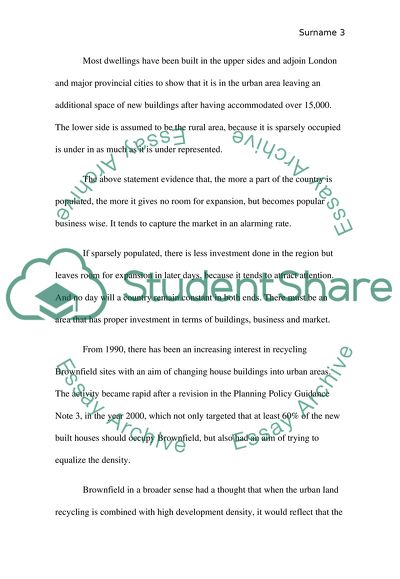Cite this document
(Understanding My Locality: Urban Planning Personal Statement - 1, n.d.)
Understanding My Locality: Urban Planning Personal Statement - 1. https://studentshare.org/environmental-studies/1835232-urban-planning
Understanding My Locality: Urban Planning Personal Statement - 1. https://studentshare.org/environmental-studies/1835232-urban-planning
(Understanding My Locality: Urban Planning Personal Statement - 1)
Understanding My Locality: Urban Planning Personal Statement - 1. https://studentshare.org/environmental-studies/1835232-urban-planning.
Understanding My Locality: Urban Planning Personal Statement - 1. https://studentshare.org/environmental-studies/1835232-urban-planning.
“Understanding My Locality: Urban Planning Personal Statement - 1”. https://studentshare.org/environmental-studies/1835232-urban-planning.


